Discover the newborn froggy pose – a pose that sparks both love and hate! But, here’s the crucial thing to know: it’s not a natural position for a baby, and no baby can safely support their own head in their hands like that. It’s simply a clever Photoshop trick!
In my journey as a photographer, I have chosen to no longer include this pose in my newborn sessions (yes I used to do this pose!). This blog post aims to shed light on my decision, emphasizing the importance of natural comfort and safety in newborn photography.
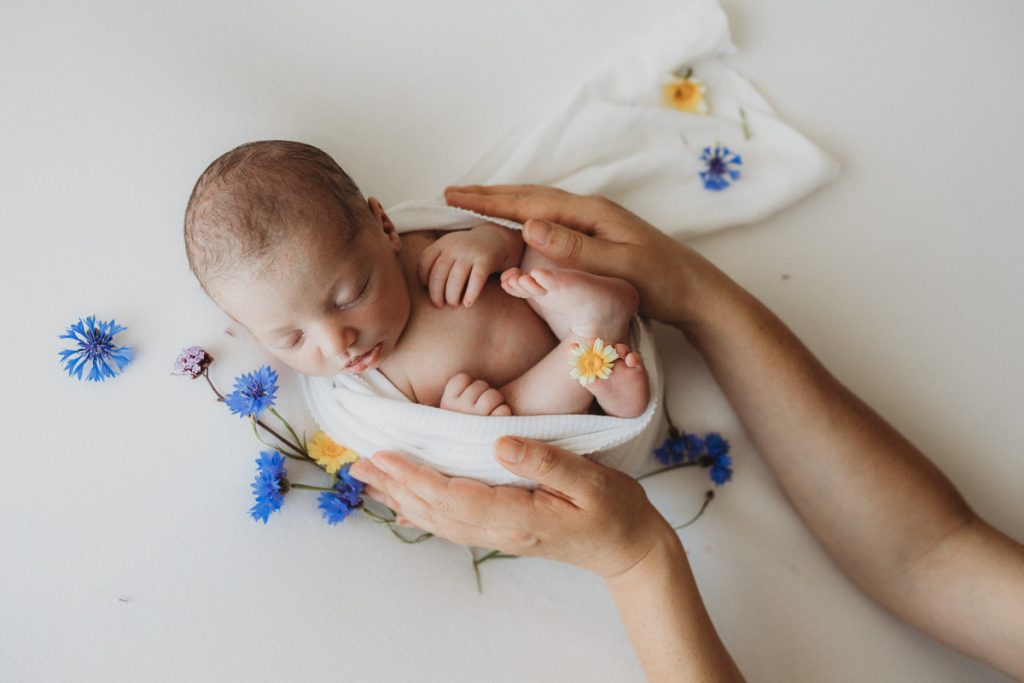
Is the Froggy pose safe for newborns?
The safety of newborns is of utmost importance in any photography session. The Froggy Pose involves delicately balancing the baby’s head with hands under the chin, creating a frog-like position. While some photographers have mastered this pose and can execute it safely, it is essential to remember that not all babies are suitable candidates for such intricate posing. In my practice, I prioritize keeping the baby relaxed and content in more natural poses that align with their innate comfort.
What is the froggy pose position for newborns?
The frog position is a pose where the baby’s legs are tucked up towards their body, resembling a frog’s posture. While it can look adorable, as a newborn photographer, I believe in capturing poses that mirror how babies naturally curl up, akin to their positions in the womb. I prefer to avoid manipulating babies into positions that may feel unnatural to them.
How to do the froggy pose?
Below is an example of how I used to achieve the Froggy Pose. To achieve this safely you never take your hands off baby and use 2 images and make a composite in Photoshop. The baby is also propped up under the elbows so their bottom is down lower to make it more comfortable.
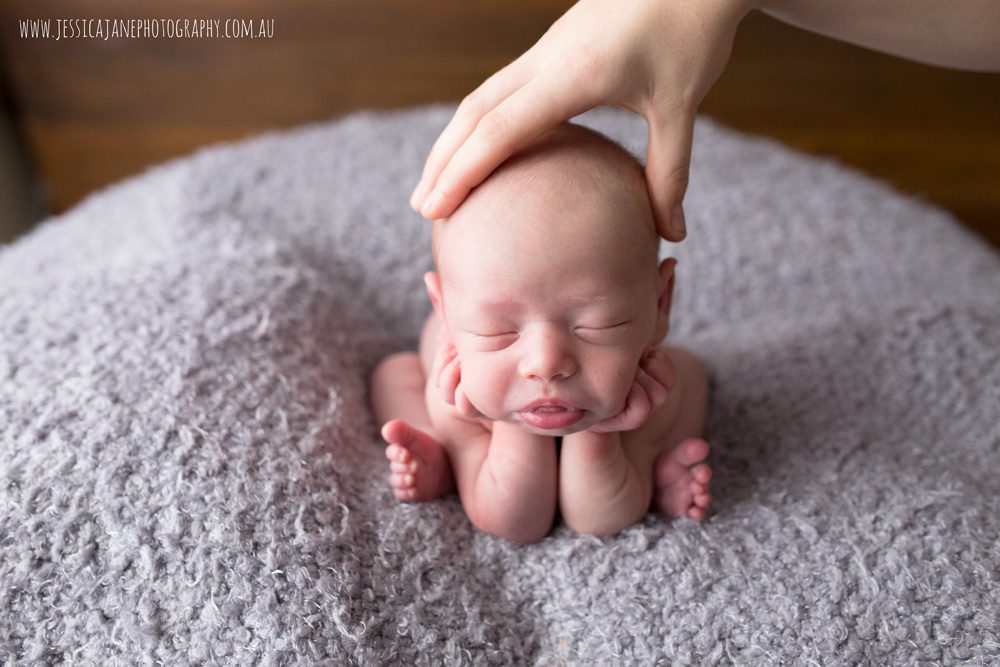
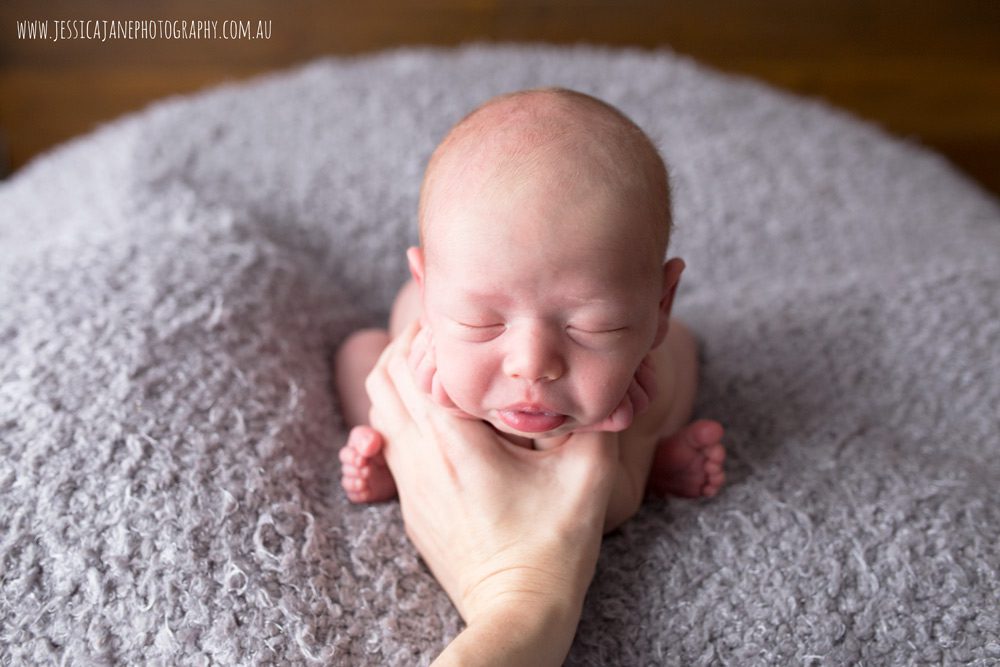
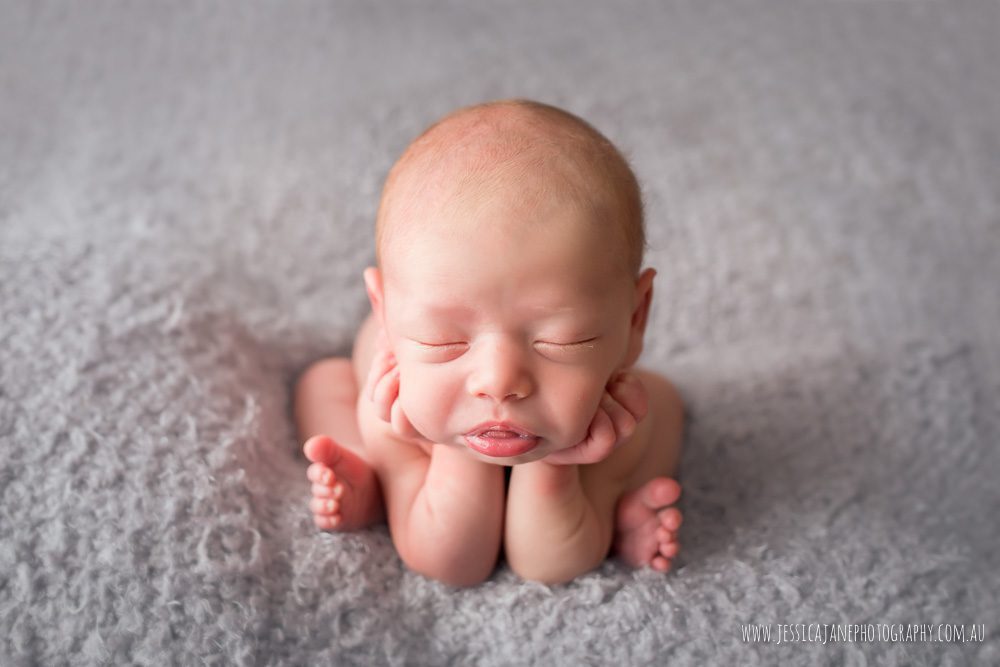
Why I choose not to do the Froggy pose?
Over time, my photography style has evolved to center around natural and authentic moments. The Froggy Pose, though it may be popular, doesn’t resonate with my core values as a photographer. I have come to believe that what truly matters is capturing the baby’s genuine comfort and happiness, rather than creating overly stylized or posed images.
Although I had the ability to execute this pose (like I did previously above), I chose not to. My photography sessions revolve around prioritizing the baby’s comfort and providing a tranquil environment for parents.
Even if the baby was happy and settled in this pose, it didn’t align with my values anymore as I could see that most babies more easily settled into poses closer resembling their natural environment when inside the womb.

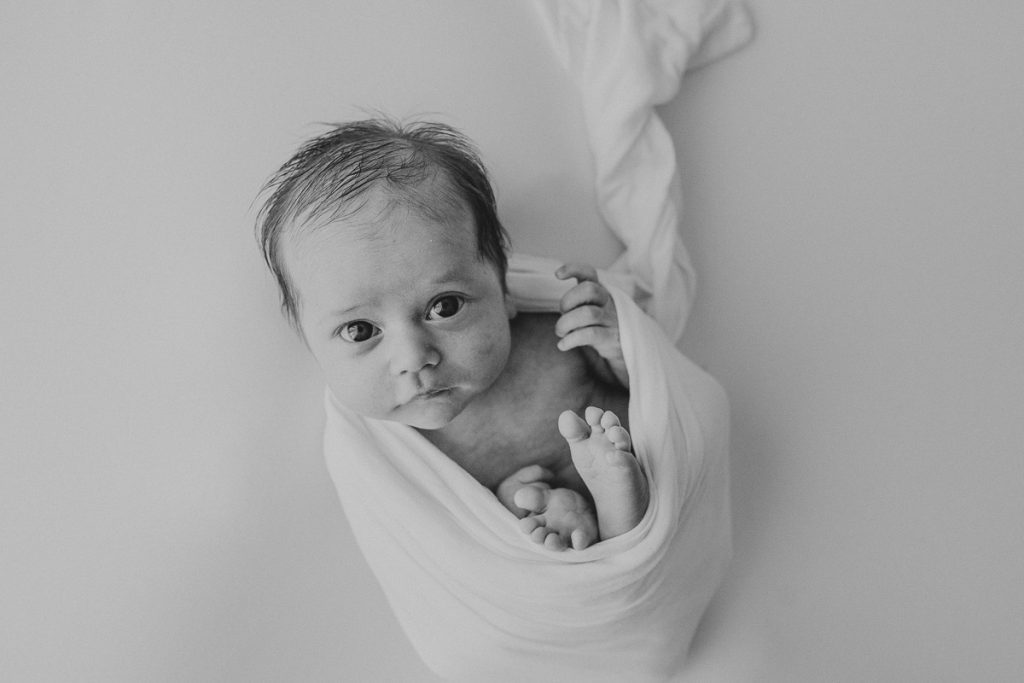
How do I put my baby in the Froggy pose?
While many photographers can safely achieve the Froggy Pose, I have chosen to no longer practice it due to the potential risks associated with this complex pose. Instead, I prefer to engage in poses that are easier on the baby and promote their natural comfort.
Is it normal for babies to have frog legs?
Yes, it is normal for babies to exhibit a frog-like leg position, especially in the early weeks after birth. Babies naturally adopt positions similar to how they were in the womb.
How long do newborns have frog legs?
Newborns tend to retain some of their fetal positions, including the frog-like leg position, for a few weeks after birth. Each baby is unique, and their positions and movements will gradually change as they grow and develop.
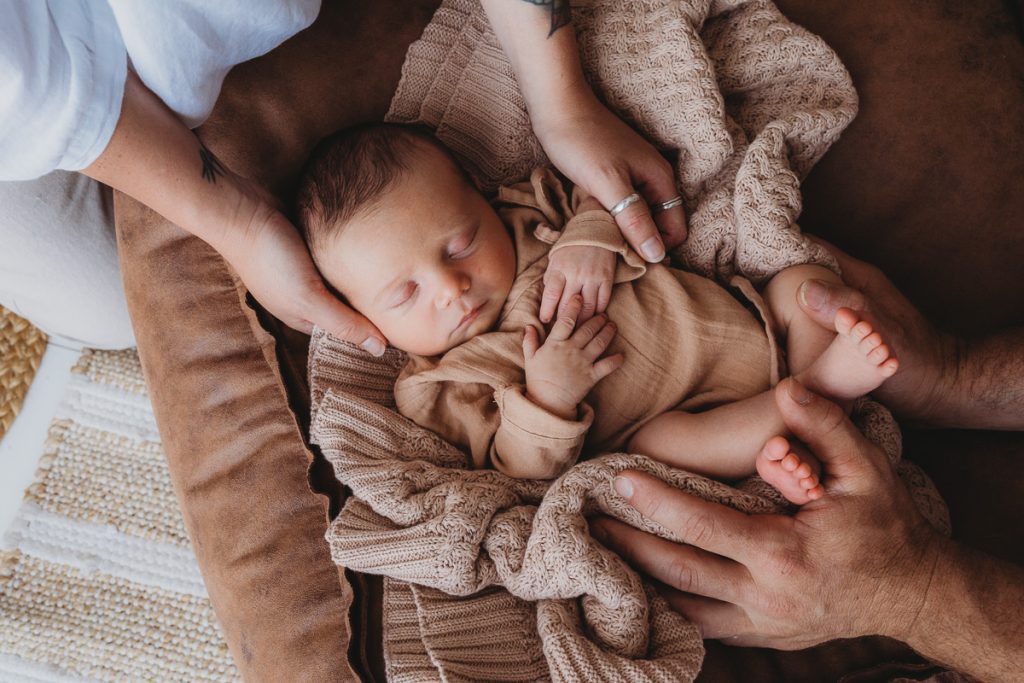
What is a frog position baby hypotonia?
Frog position baby hypotonia refers to a condition where a baby’s muscle tone is reduced, resulting in their limbs appearing floppy or loose. As a responsible photographer, I take extra care to ensure all poses are safe and comfortable for babies, especially those with specific medical conditions.
Frog position baby hypotonia is a condition where a newborn or infant lacks muscle tone, making it challenging for them to maintain the typical “frog-like” position with their legs and hips flexed. Early intervention with a healthcare professional and therapy are essential to help babies with hypotonia develop their muscle strength and achieve developmental milestones.
In conclusion, my decision not to include the Froggy Pose in my newborn photography sessions is rooted in my commitment to natural comfort, safety, and authenticity. Many talented photographers can execute this pose safely and beautifully. My sessions focus on embracing the uniqueness of each baby, allowing them to shine in their natural element.

Meet Jess, a passionate newborn photographer based in country Victoria, Australia. Having experienced the challenges of learning photography while caring for a newborn herself, Jess empathizes with overwhelmed parents.
Driven by a desire to help, Jess now offers offers online training programs for parents and photographers alike. Learn quick and easy techniques to capture stunning photos of settled and sleepy newborns effortlessly.
Whether you’re a parent wanting to document your newborn’s precious moments or a photographer seeking to enhance your skills, Jess is here to guide you on this beautiful journey.
Join Jess’s offers online training programs and discover the joy of capturing timeless moments that will be cherished forever.
